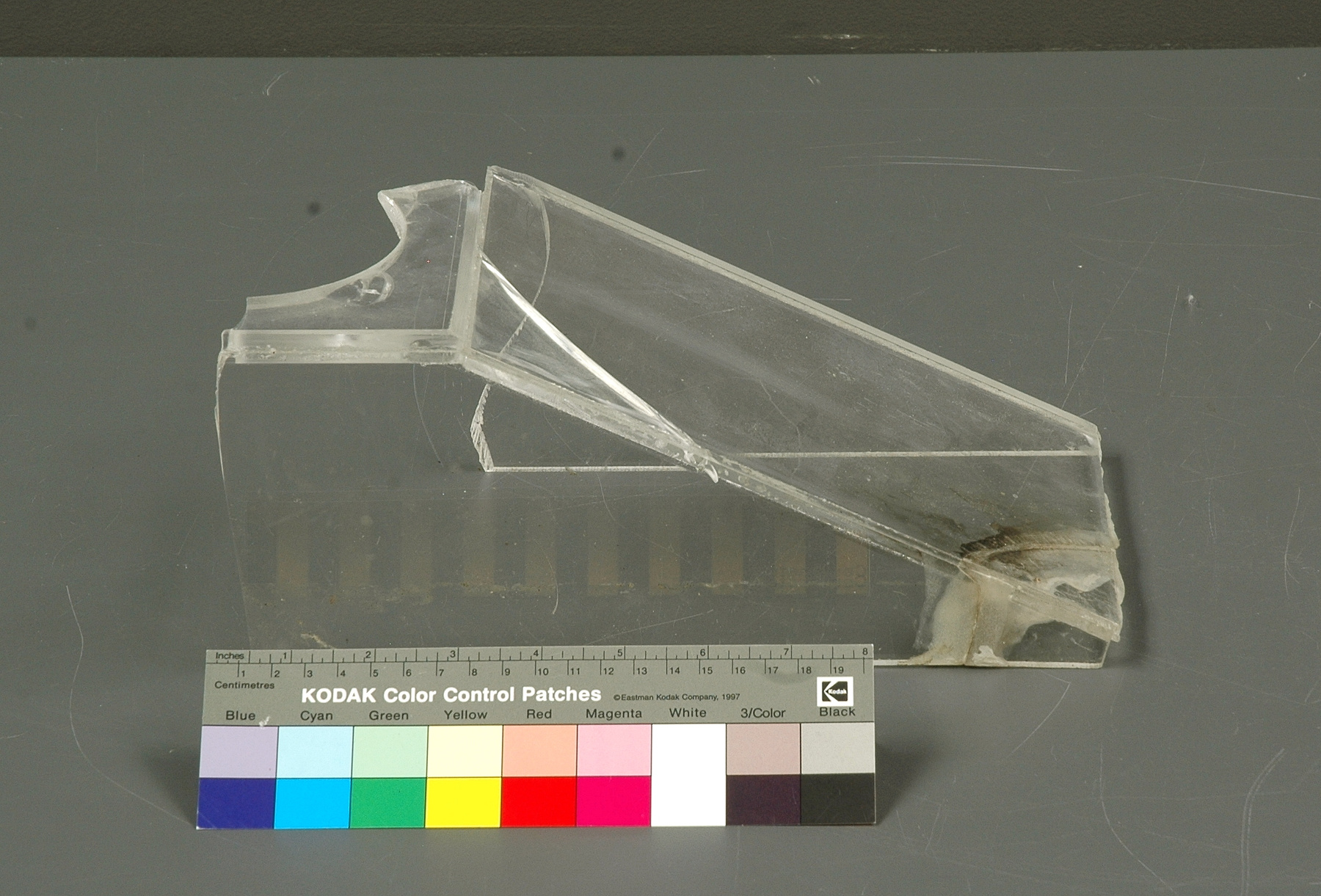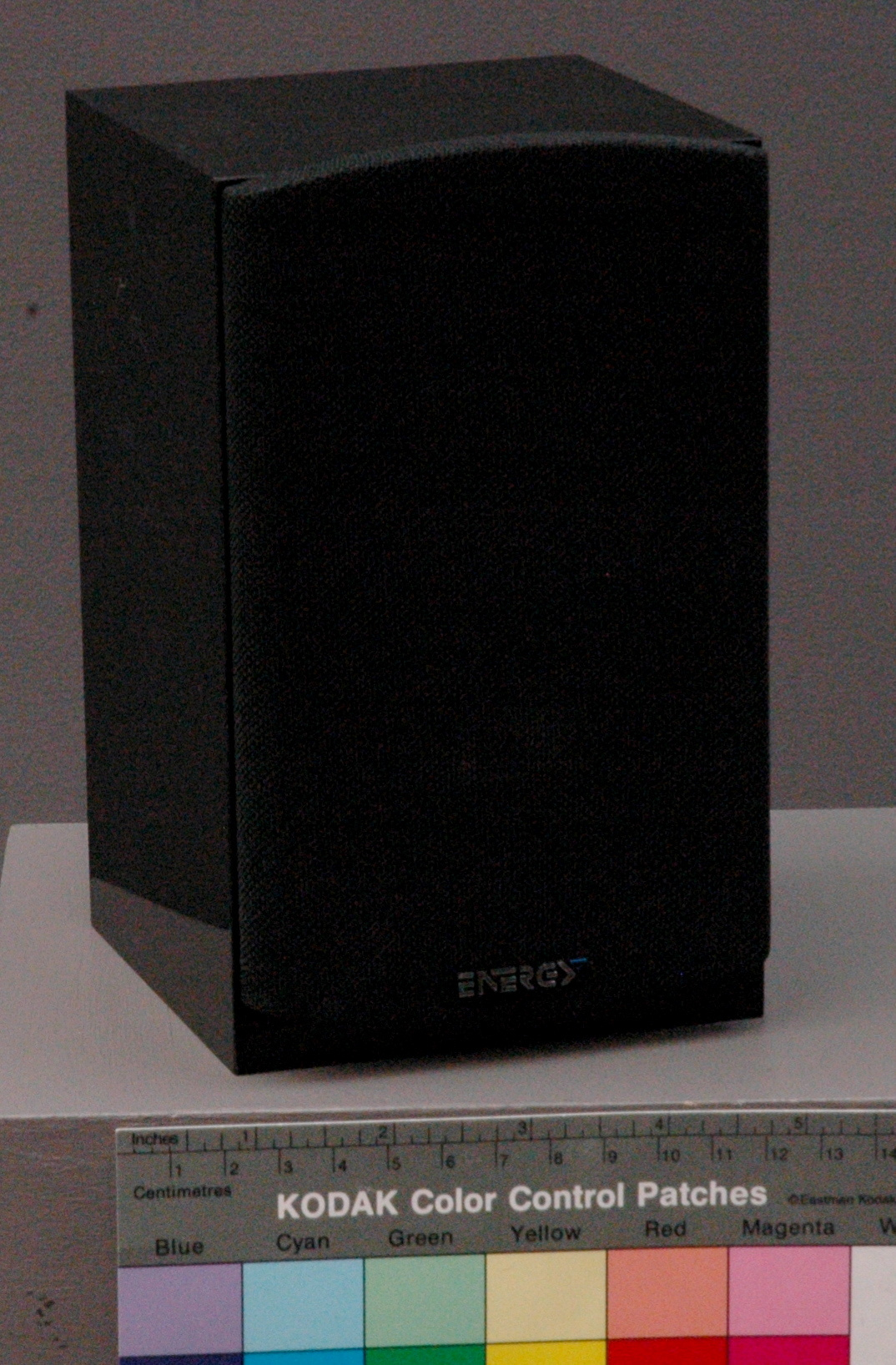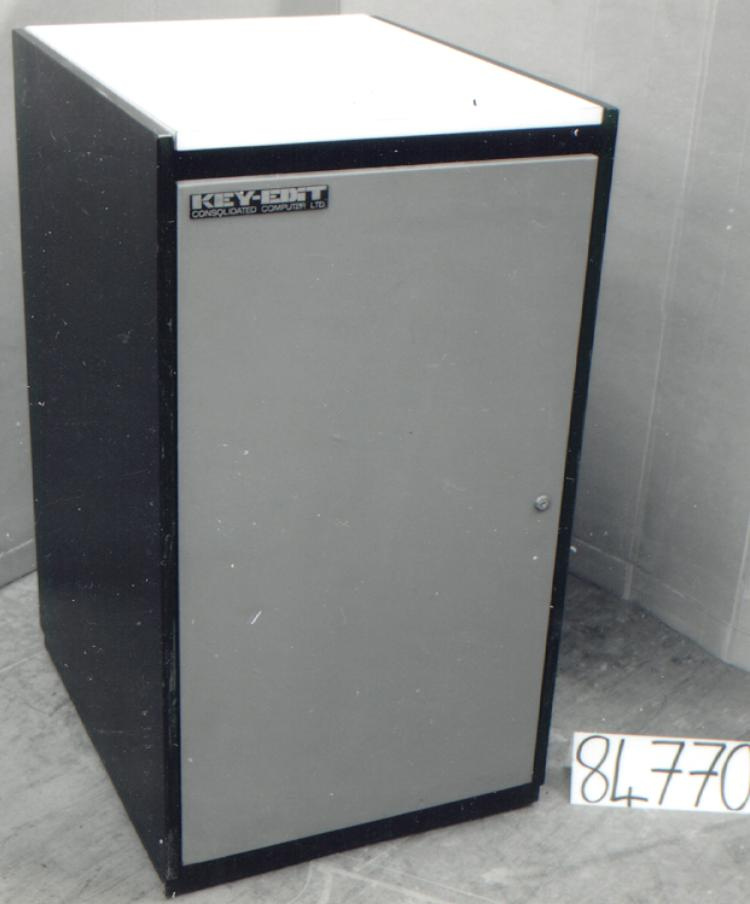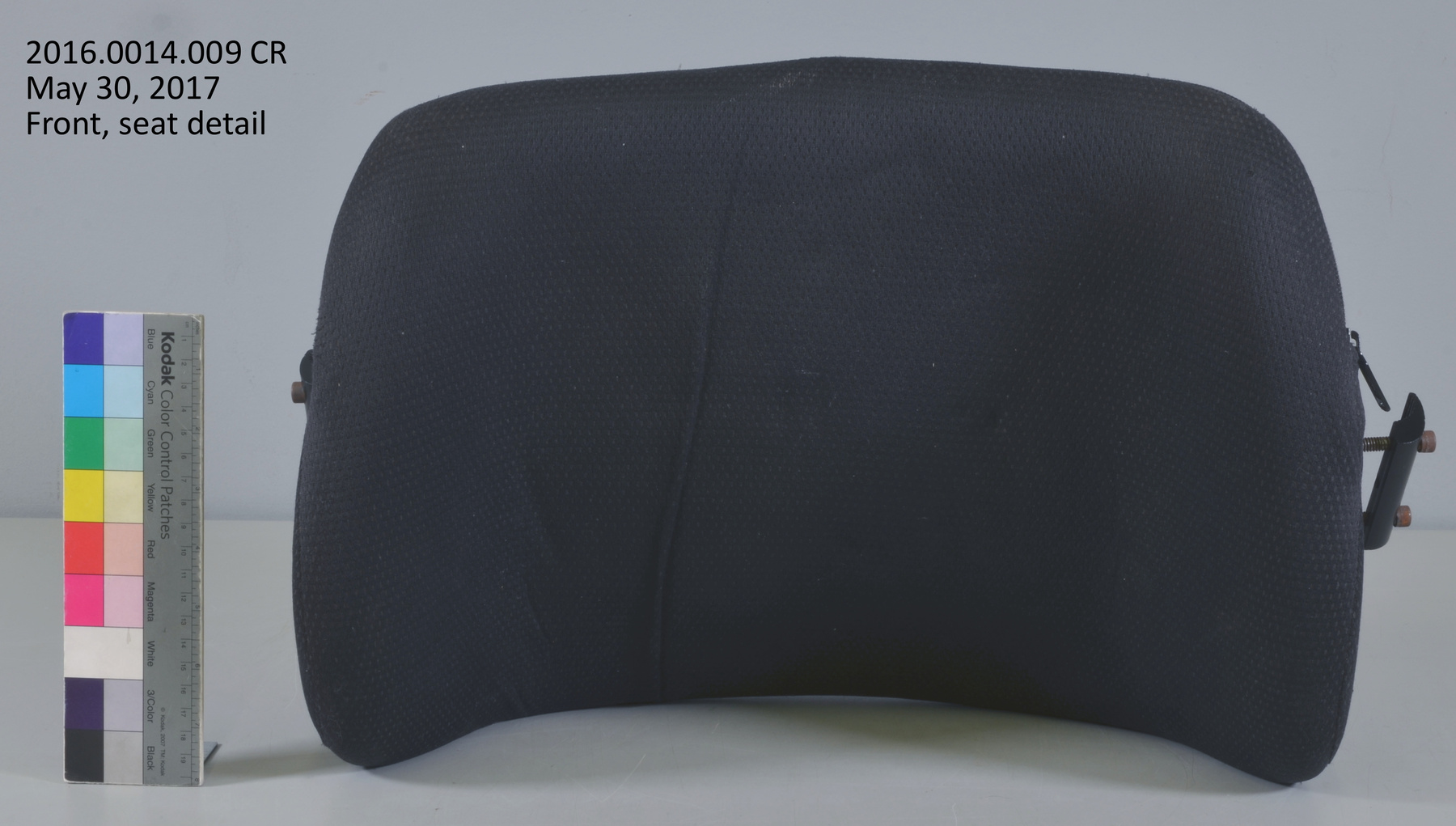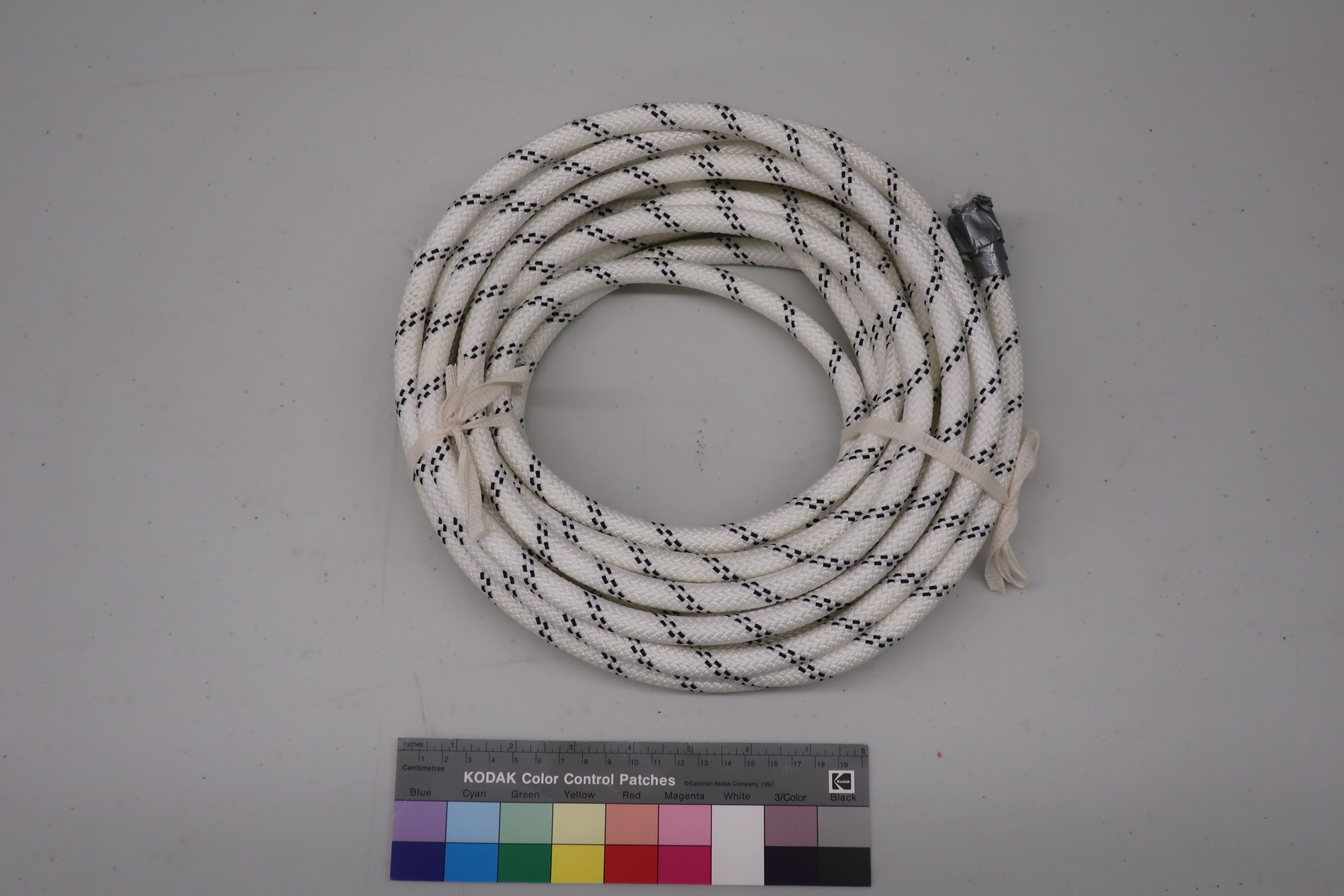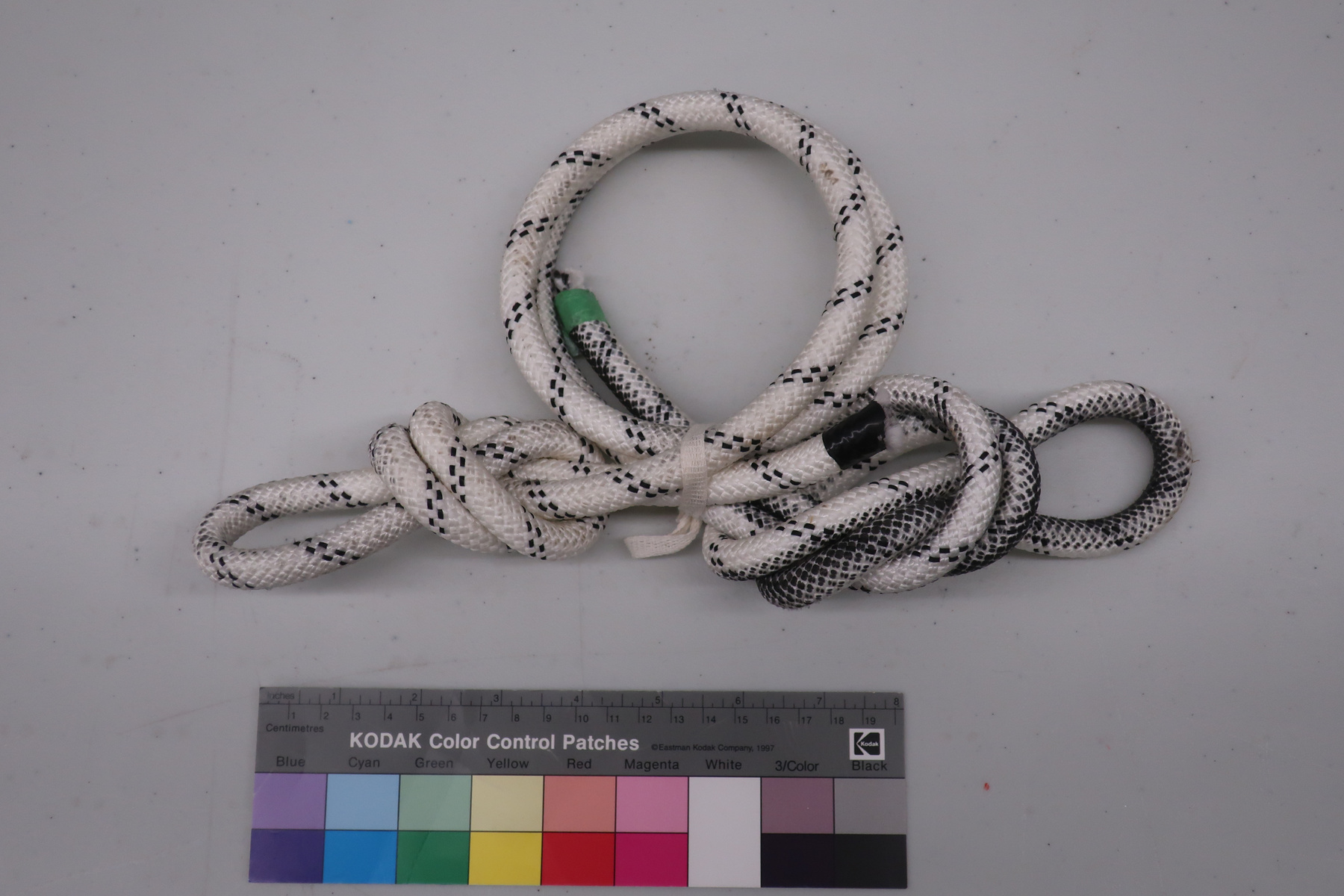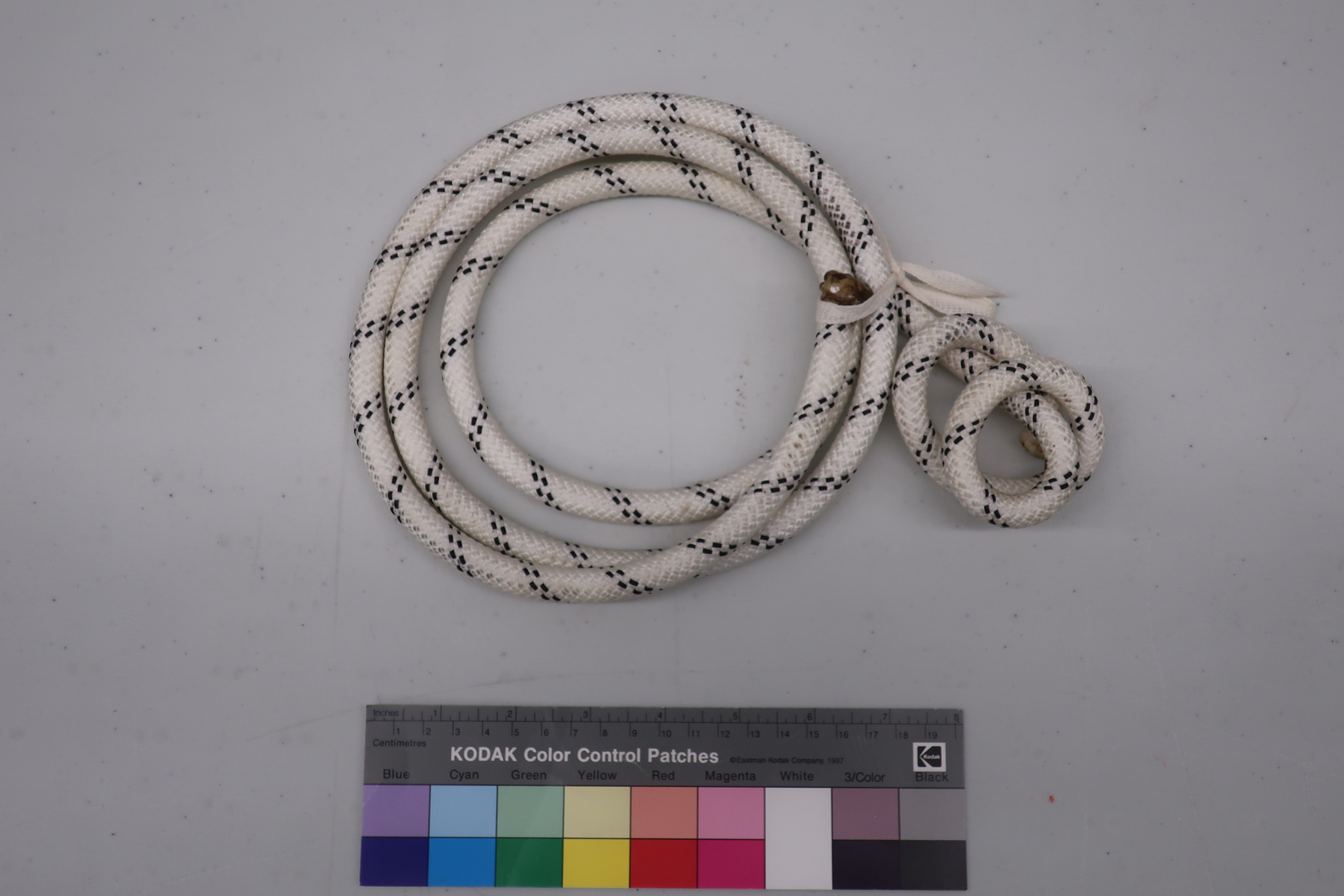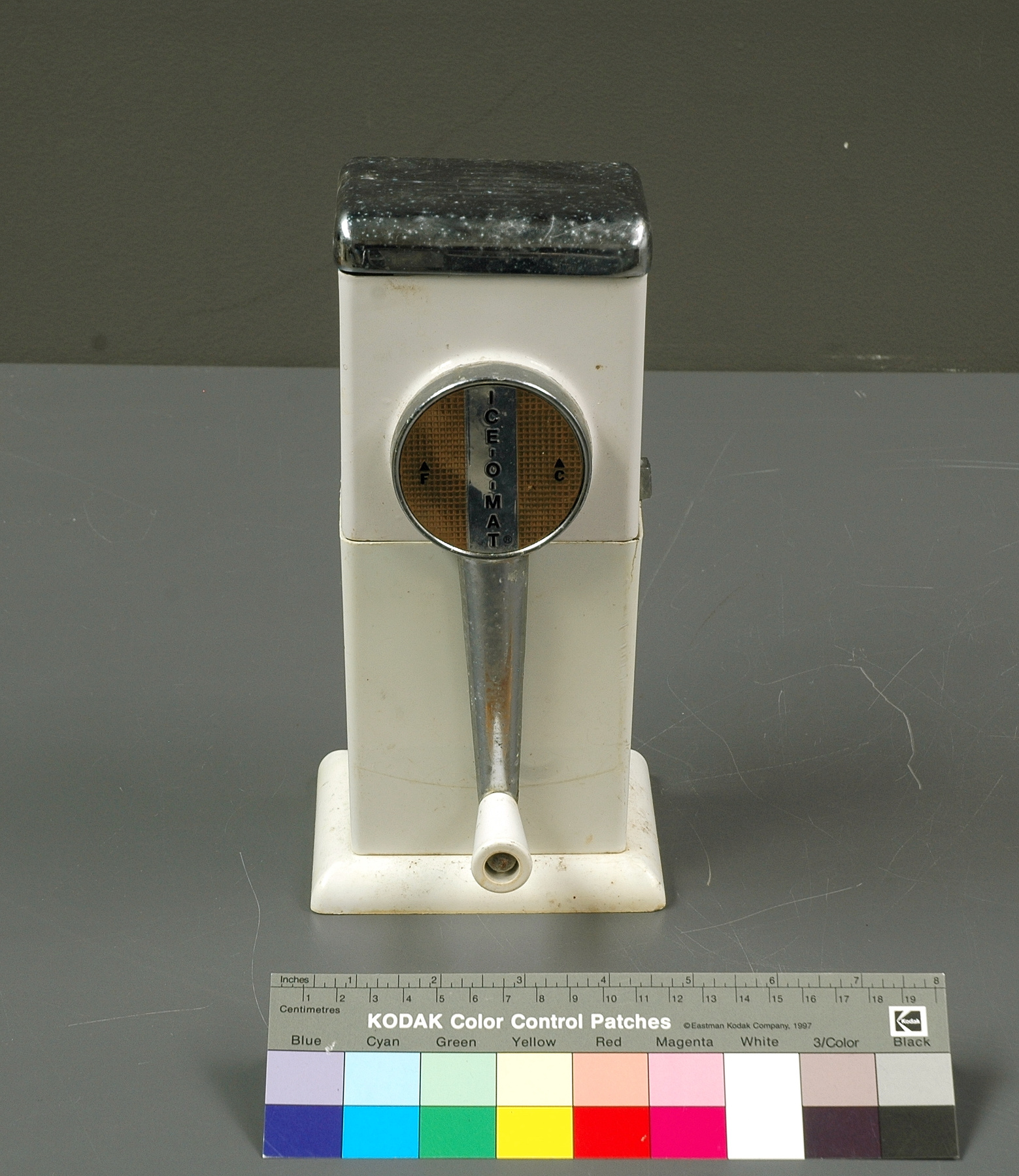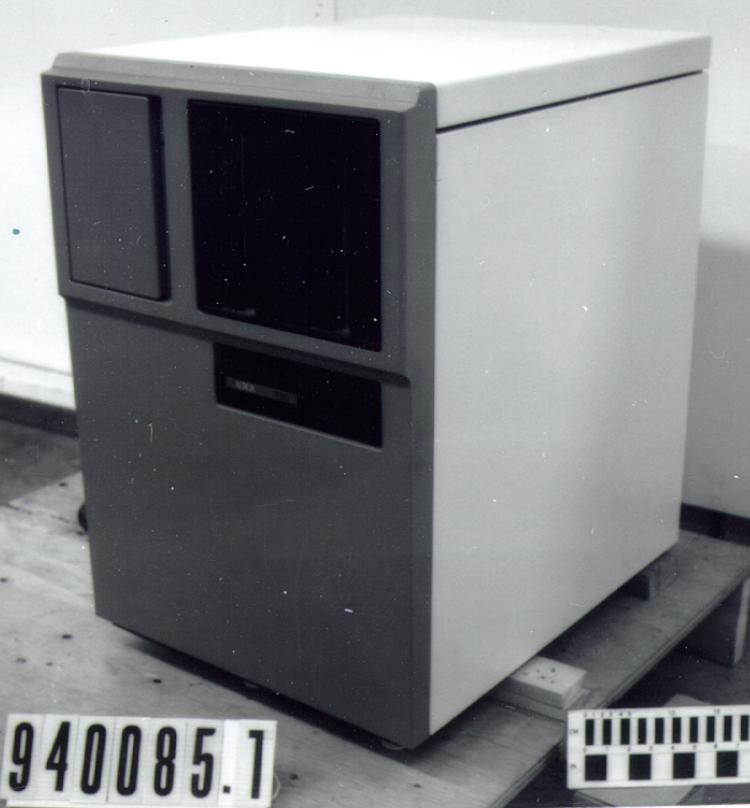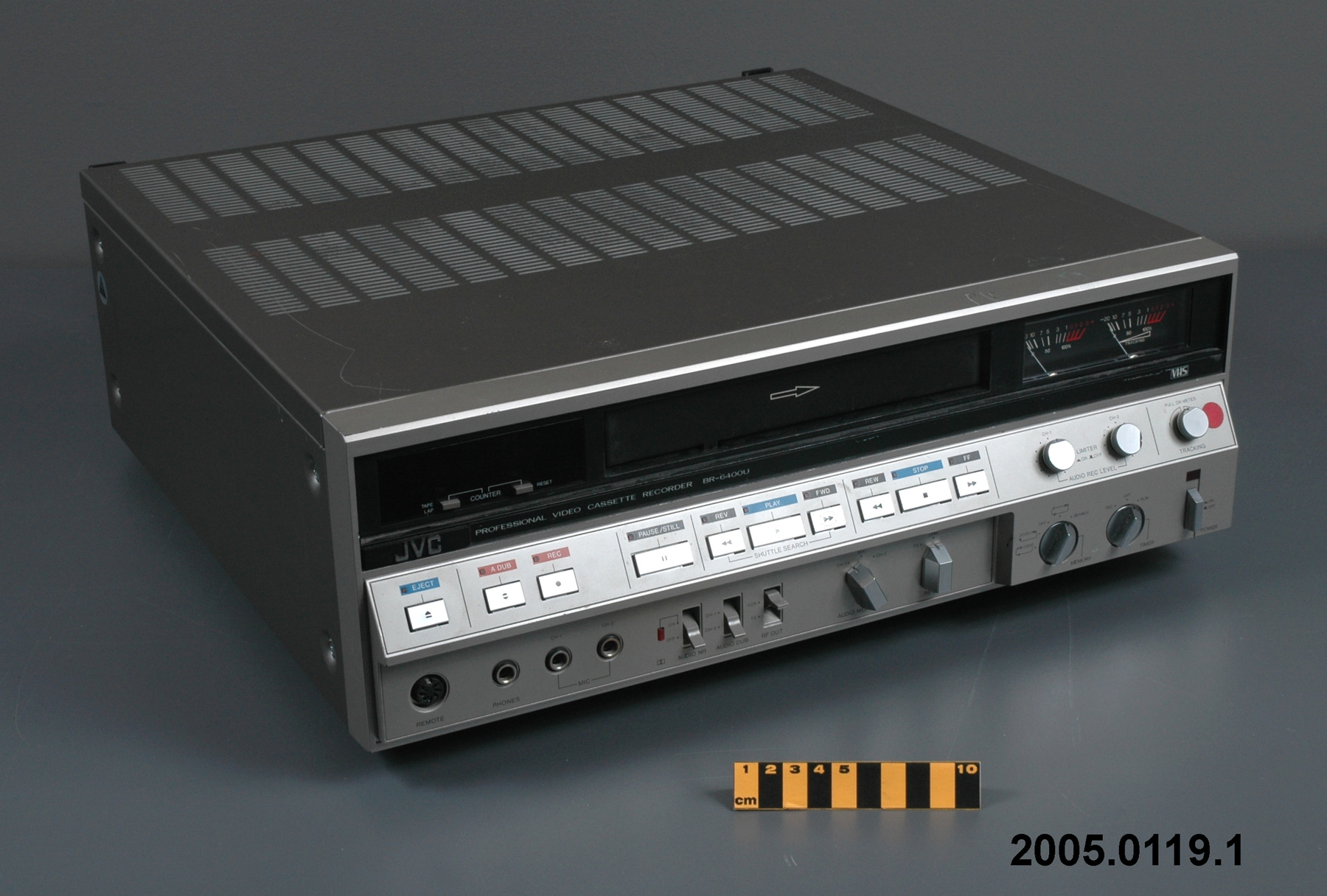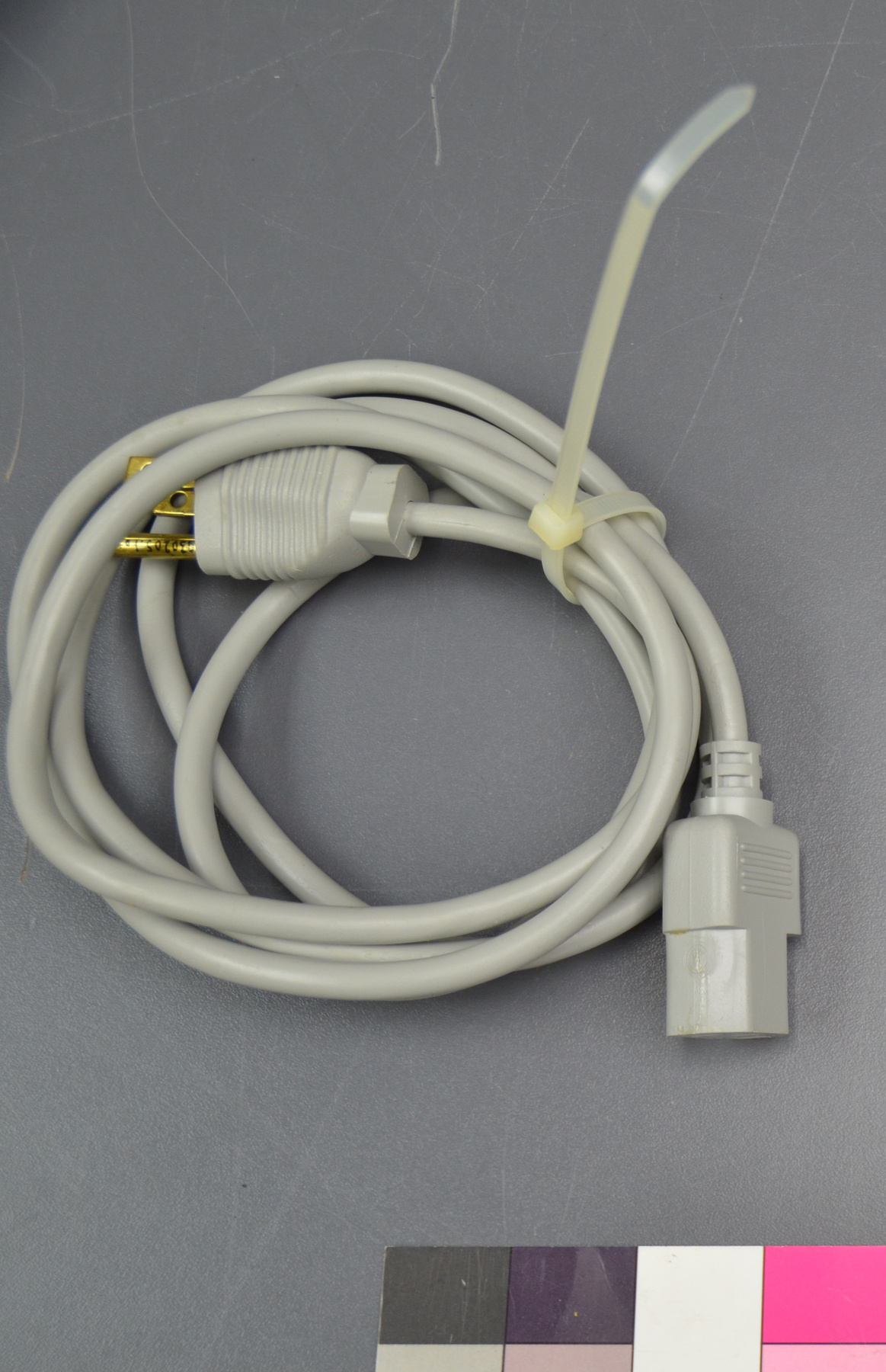Lecture de disque
Utiliser cette image
Puis-je réutiliser cette image sans autorisation? Oui
Les images sur le portail de la collection d’Ingenium ont la licence Creative Commons suivante :
Copyright Ingenium / CC BY-NC-ND (Attribution-NonCommercial 4.0 International (CC BY-NC 4.0)
ATTRIBUER CETTE IMAGE
Ingenium,
2015.0315.003
Permalien:
Ingenium diffuse cette image sous le cadre de licence Creative Commons et encourage son téléchargement et sa réutilisation à des fins non commerciales. Veuillez mentionner Ingenium et citer le numéro de l’artefact.
TÉLÉCHARGER L’IMAGEACHETER CETTE IMAGE
Cette image peut être utilisée gratuitement pour des fins non commerciales.
Pour un usage commercial, veuillez consulter nos frais de reproduction et communiquer avec nous pour acheter l’image.
- TYPE D’OBJET
- hard disk/80 gb/internal
- DATE
- 2008
- NUMÉRO DE L’ARTEFACT
- 2015.0315.003
- FABRICANT
- Inconnu
- MODÈLE
- HTS542580K9SA00
- EMPLACEMENT
- Inconnu
Plus d’information
Renseignements généraux
- Nº de série
- 080624BB6B00WFD
- Nº de partie
- 3
- Nombre total de parties
- 5
- Ou
- S/O
- Brevets
- S/O
- Description générale
- Synthetic and metal hard drive. Disque dur en synthetique et métal.
Dimensions
Remarque : Cette information reflète la taille générale pour l’entreposage et ne représente pas nécessairement les véritables dimensions de l’objet.
- Longueur
- 11,1 cm
- Largeur
- 7,4 cm
- Hauteur
- 1,4 cm
- Épaisseur
- S/O
- Poids
- S/O
- Diamètre
- S/O
- Volume
- S/O
Lexique
- Groupe
- Technologie médicale
- Catégorie
- Technologies d'assistance
- Sous-catégorie
- S/O
Fabricant
- Ou
- Inconnu
- Pays
- Inconnu
- État/province
- Inconnu
- Ville
- Inconnu
Contexte
- Pays
- Canada
- État/province
- Ontario
- Période
- ca. 2007-2015
- Canada
-
The Historical Assessment on medicine entitled, “Technological Innovations in Canadian Medicine 1950 – 1980” defines disabilities as “affecting mobility, sensory systems, or the intellect.” The HA notes that Canada was one of the first nations to entrench equal rights for people with disabilities, in the Charter of Rights and Freedoms (as part of the Constitution Act of 1982) and briefly traces Canadian efforts in improving the lives of people with disabilities. This document also references the National Research Council’s involvement in supporting these types of efforts. In the 1950s and 1960s, the NRC funded a number of biomedical engineering projects to improve technology for people with disabilities. Later, in 1985, the NRC created a company that researched and marketed assistive devices, particularly computing and communication aids. The Nouse technology was originally developed at the National Research Council of Canada by Dr. Dmitry Gorodnichy. His group was involved in vision-based robotic arm tracking for the Canadarm and they developed a Video Recognition System that became the first in Canada, and one of the first in the world, with the focus on developing technologies for real-time automated understanding of video data. In 2007 Dr. Gorodnichy founded a company called IVIM Inc. and licensed the Nouse technology from NRC. The main focus of company's work is to support and further develop the Nouse. The Bruyere Research Institute, a partnership of Bruyere Continuing Care and the University of Ottawa, has been a key partner in assisting with the development of Nouse. Nouse technology has also been approved by the Ontario Ministry of Health and Long-Care Assistive Devices Program. - Fonction
-
A random-access-memory device for a digital computer, used to store instructions and data internally. Un dispositif à accès direct pour un ordinateur numérique, utilisé pour stocker des instructions et des données en interne. - Technique
-
The concept of “assistive technology” was originally associated with mobility aids but has expanded to include devices and protocols to promote improved perception, mobility, and communication. Nouse, which stands for Nose as Mouse, is the name of the perceptual vision technology which enables vision-based hands-free interaction with a computer. The system takes a video sequence as an input, and splits it into the channels corresponding to the motion, colour and intensity components of video. The system begins by performing face segmentation and detection tasks which enables the software to estimate where the face is in the video. Once a face has been detected, the user is required to manually choose the features he/she wants to be tracked. This is called ‘stereo-tracking’ and the software makes use of the convex-shape of the nose in order to allow 3D face-tracking with the aid of ordinary web-cameras. In an article about the development and implementation of Nouse, authors Gorodnichy and Roth argue that it is this ‘stereo-tracking’, and its applications, that enables Nouse to be so user friendly. The video is processed at the 160 x 120 resolution. This resolution allows one to perform video processing in real-time and is quite sufficient for many face processing tasks. The Nouse Cursor is similar to the standard mouse arrow and allows the user access to any area of the screen. The cursor can be customized in size, color, speed and countdown time. The cursor can even show the user’s face and use sound to enable/disable. Nouse has over 40 settings that can be easily modified to accommodate a user’s preference. Users can change settings related to head range of motion, visual ability, communication skills, method of interaction with the computer and cognitive skill. - Notes sur la région
-
Inconnu
Détails
- Marques
- Printed on the white label: "HITACHI/ www.hitachigst.com/ [various regulatory symbols]/ N13508 E182115 T/ D33373 HGS-HTS542525K9SA0(B)/ HDD : 5K250-80/ MODEL : HTS542580K9SA00 5400RPM/ 5v 700mA DC 80GB SATA/ MADE IN THAILAND BY Hitachi Global/ Storage Technologies (Thailand), Ltd. IM/ WARRANTY VOID IF ANY LABEL// SCREW IS REMOVED OR BROKEN/ JUNE-08/ SATA/ Capacity 80GB/ RPM 5400/ Firmware# C36P/ P/N: 0A54891/ MLC: DA2100/ CHS: 16383/16/63/ A821121/ [barcode]/ HDD S/N: 080624BB6B00WFD6YV0F/ DP/N 0FY770/ C/O TH/ Rev A00/ DS/N TH-0FY770-12561-860-323J-A00/ MADE IN THAILAND/ WWN 5000CCA535D141BE/ Don't shock// push cover/ DO NOT COVER THIS HOLE/ SERIAL/ ATA"/ Printed on two smaller labels on the back side: "OA54296/ DA1803A/ MdB822/ VOKP"/ "00YAV3/ 2B5/ OA55320/ 8233"
- Manque
- Appears complete
- Fini
- Silver-coloured metal and black synthetic casing with an exposed green synthetic circuit board, a white label with black printed text, and a grey front face. L'extérieur est noir et métal en couleur argentée avec une carte de circuits imprimés vert, une étiquette blanche avec texte en noir et le côté en devant en gris.
- Décoration
- S/O
FAIRE RÉFÉRENCE À CET OBJET
Si vous souhaitez publier de l’information sur cet objet de collection, veuillez indiquer ce qui suit :
Fabricant inconnu, Lecture de disque, vers 2008, Numéro de l'artefact 2015.0315, Ingenium - Musées des sciences et de l'innovation du Canada, http://collection.ingeniumcanada.org/fr/id/2015.0315.003/
RÉTROACTION
Envoyer une question ou un commentaire sur cet artefact.
Plus comme ceci


















